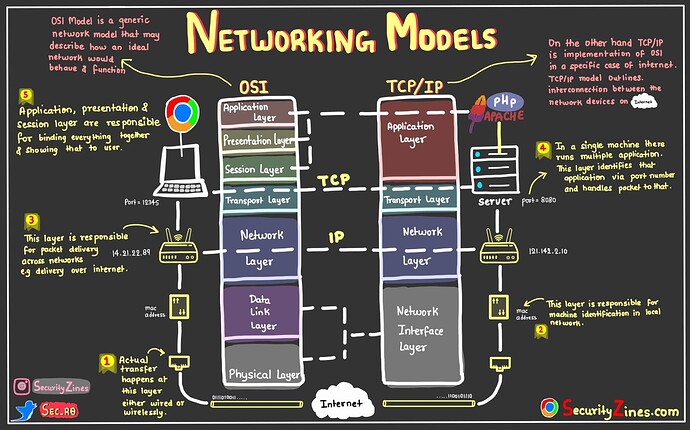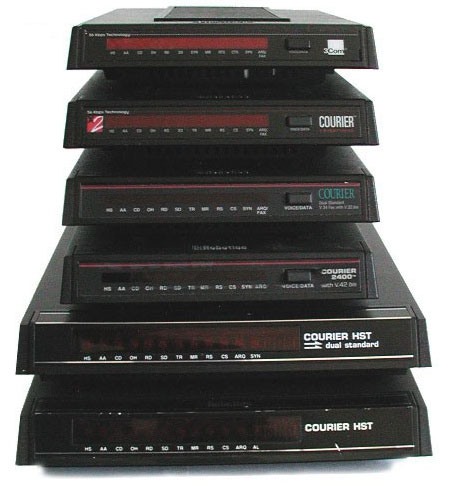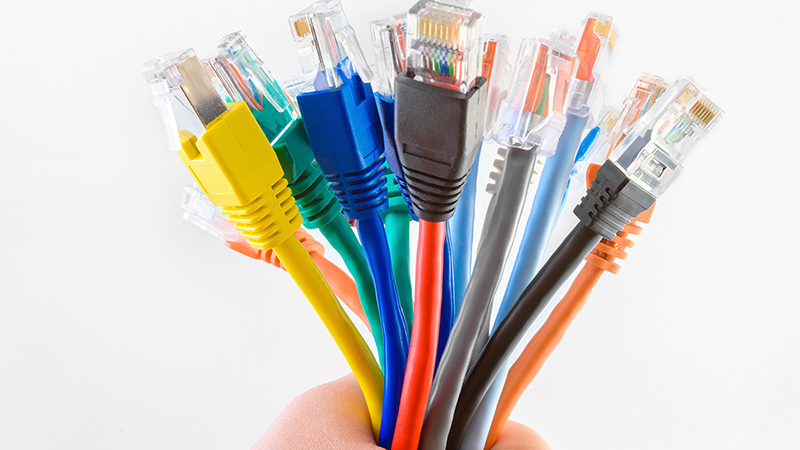The OSI model is a fundamental concept in networking. It's like a blueprint that helps us understand how different parts of a network communicate with each other. Let's break down each layer in detail.
The OSI Model
The OSI (Open Systems Interconnection) model is a conceptual framework that standardizes the communication functions of a telecommunication or computing system. It divides the communication process into seven distinct layers, each with its specific responsibilities. This layered approach simplifies network design and troubleshooting by allowing developers to focus on specific areas. Think of the OSI model like a cake with seven layers. Each layer builds upon the one below it, adding its own functionality to the communication process. Data travels down the layers on the sending device, across the network, and then back up the layers on the receiving device.
- Physical Layer
- Data Link Layer
- Network Layer
- Transport Layer
- Session Layer
- Presentation Layer
- Application Layer
This is the foundation. It deals with the physical transmission of data as raw bits (0s and 1s) over the
network medium. Think cables, connectors, electrical signals, and wireless frequencies.
Responsibilities:
Defining physical characteristics of the network (e.g., voltage levels, cable types).
Encoding and decoding bits.
Transmitting and receiving raw bit streams.
Examples: Ethernet cables, Wi-Fi, hubs, repeaters.
Provides error-free transmission of data frames between nodes on the same network segment. It handles
physical addressing (MAC addresses).
Responsibilities:
Framing data into packets.
Performing error detection and correction.
Controlling media access (e.g., preventing collisions on Ethernet).
Examples: Ethernet switches, MAC addresses, network interface cards (NICs).
Sublayers:
Logical Link Control (LLC): Handles flow control and error notification.
Media Access Control (MAC): Provides access to the physical medium.
Handles the logical addressing and routing of data packets between different networks. It determines the
best path for data to travel across the network.
Responsibilities:
Logical addressing (IP addresses).
Routing packets.
Fragmentation and reassembly of packets.
Examples: Routers, IP (Internet Protocol), ICMP (Internet Control Message Protocol).
Provides reliable and efficient data transfer between applications on different hosts. It ensures data
arrives in the correct order and without errors.
Responsibilities:
Segmentation and reassembly of data.
Flow control (managing the rate of data transfer).
Error control (ensuring reliable delivery).
Examples: TCP (Transmission Control Protocol), UDP (User Datagram Protocol).
Establishes, manages, and terminates communication sessions between applications.
Responsibilities:
Session establishment, synchronization, and termination.
Dialogue control (managing who transmits when).
Examples: RPC (Remote Procedure Call), NetBIOS.
Handles the formatting and translation of data for the application layer. It ensures data is presented
in a way that the receiving application can understand.
Responsibilities:
Data encryption and decryption.
Data compression and decompression.
Data conversion (e.g., between ASCII and EBCDIC).
Examples: SSL (Secure Sockets Layer), TLS (Transport Layer Security), JPEG, MPEG.
Provides network services to end-user applications. This is the layer that users interact with directly.
Responsibilities:
Providing network services (e.g., email, file transfer, web browsing).
Application-specific protocols.
Examples: HTTP (Hypertext Transfer Protocol), FTP (File Transfer Protocol), SMTP (Simple Mail Transfer
Protocol), DNS (Domain Name System)
How the Layers Work Together
When you send an email, for example:
- The application layer (email client) creates the email message.
- The presentation layer formats the message and encrypts it if necessary.
- The session layer establishes a connection with the mail server.
- The transport layer breaks the message into segments and ensures reliable delivery.
- The network layer adds IP addresses and routes the segments.
- The data link layer adds MAC addresses and handles error detection.
- The physical layer transmits the bits as electrical signals over the network cable.
- This process is reversed on the receiving end, with each layer performing its specific function to deliver the email to the recipient's inbox.

Why is the OSI Model Important?
- Standardization: Provides a common framework for network communication.
- Interoperability: Allows devices from different vendors to communicate.
- Troubleshooting: Helps identify problems by isolating them to specific layers.
- Modular Design: Simplifies network design and development.
- While the OSI model is a theoretical framework, it's a valuable tool for understanding how networks operate. By grasping the functions of each layer, you gain a deeper understanding of the complex world of computer networking.



